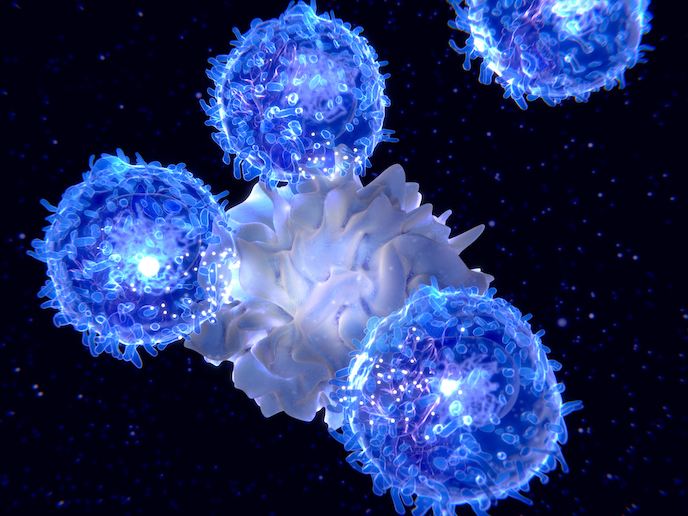Protein function in nervous system disorders
Human alpha-Synuclein (a-Synuclein) is a protein found widely in neural tissue. It exists in two different forms, a membrane-bound one (bound to cellular membranes) and a cytosolic one (in the internal milieu of the cell). A-Synuclein has been shown to play a critical role in Parkinson’s Disease. Parkinson’s Disease is characterised by the presence of so-called Lewy bodies in the cytoplasm of cells, the major components of which are filaments of a-Synuclein. It has been suggested that the different forms of a-Synuclein may show different tendencies for fibrillogenesis, or the formation of fibrous aggregations and pathological legions. Given that phosphorylation (the addition of one or more phosphate groups to a protein) is a key regulatory mechanism that can alter the function of proteins, EU-funded scientists sought to develop and optimise site-specific post-translational modification mechanisms related to a-Synuclein to understand their role in regulating a-Synuclein function. This was undertaken via funding of the ‘Semisynthesis of caged a-Syn’ (Semisynthesis) project. Semisynthesis refers to partial synthesis of synthetic compounds based on naturally occurring ones. To this end, the investigator supported by the grant worked on expression and purification of the natural building blocks of the a-Synuclein protein and the chemical substrates required to prepare phosphorylated versions modified at specific sites on the protein. Continued research should help elucidate the potential role of phosphorylation of a-Synuclein in both healthy and diseased states with a particular focus on fibrillogenesis in Lewy bodies, a hallmark of Parkinson’s Disease.







